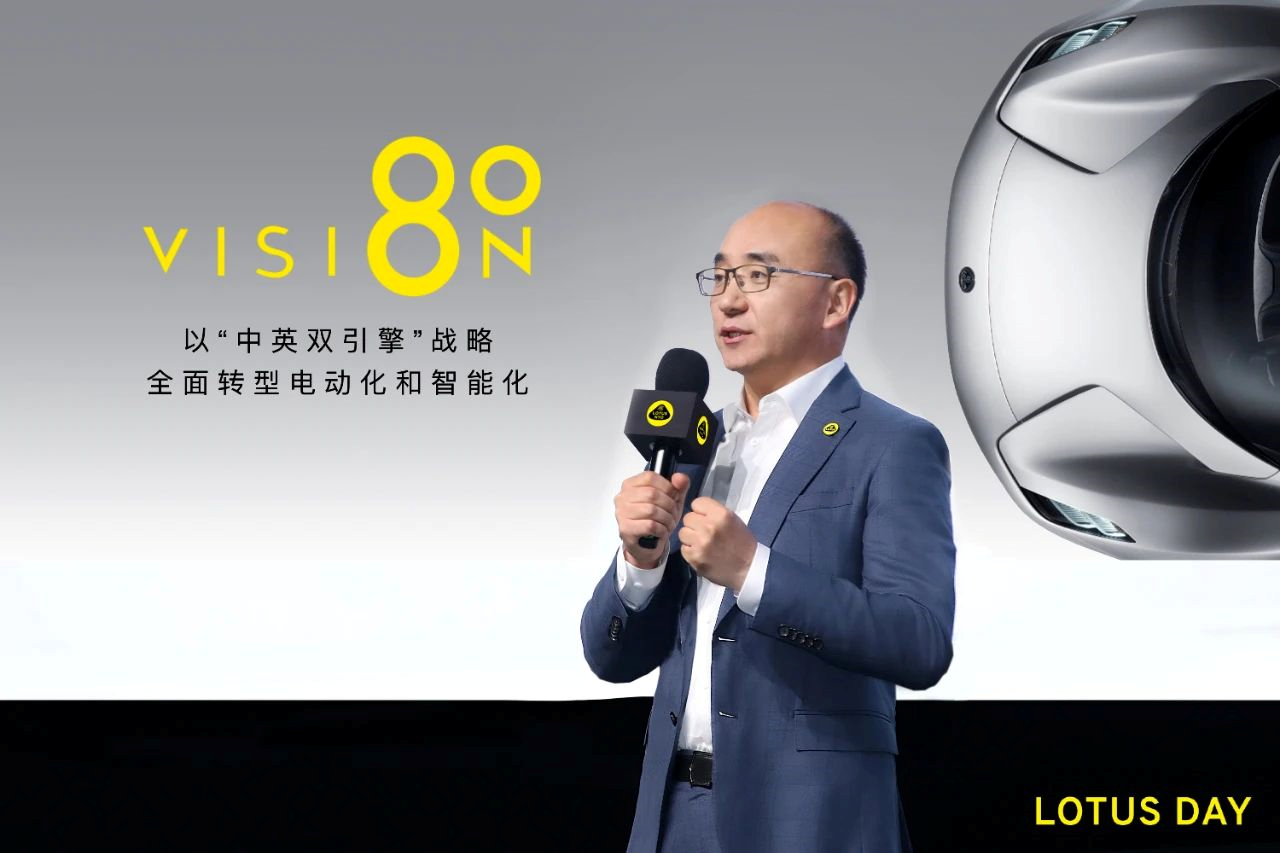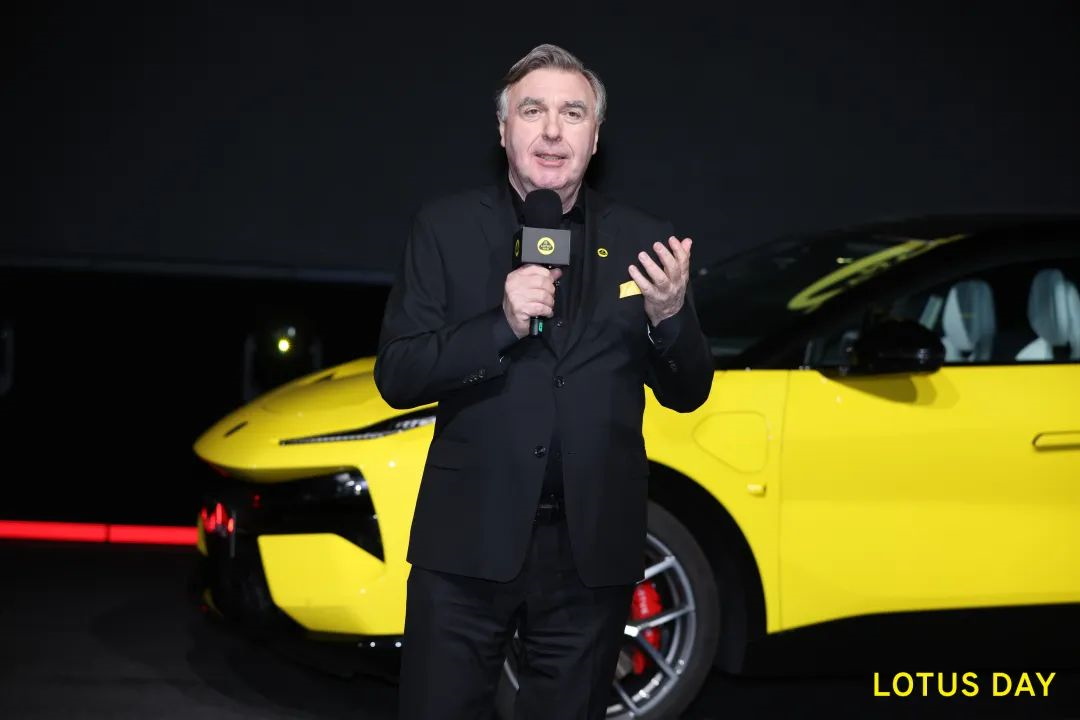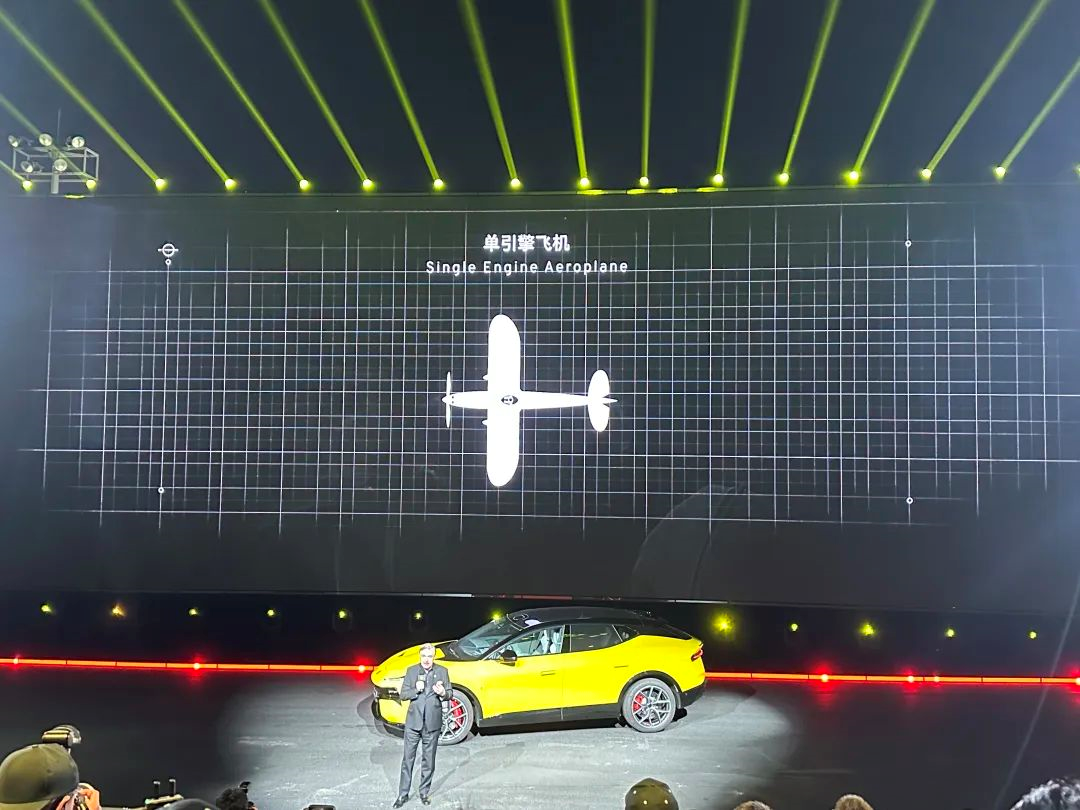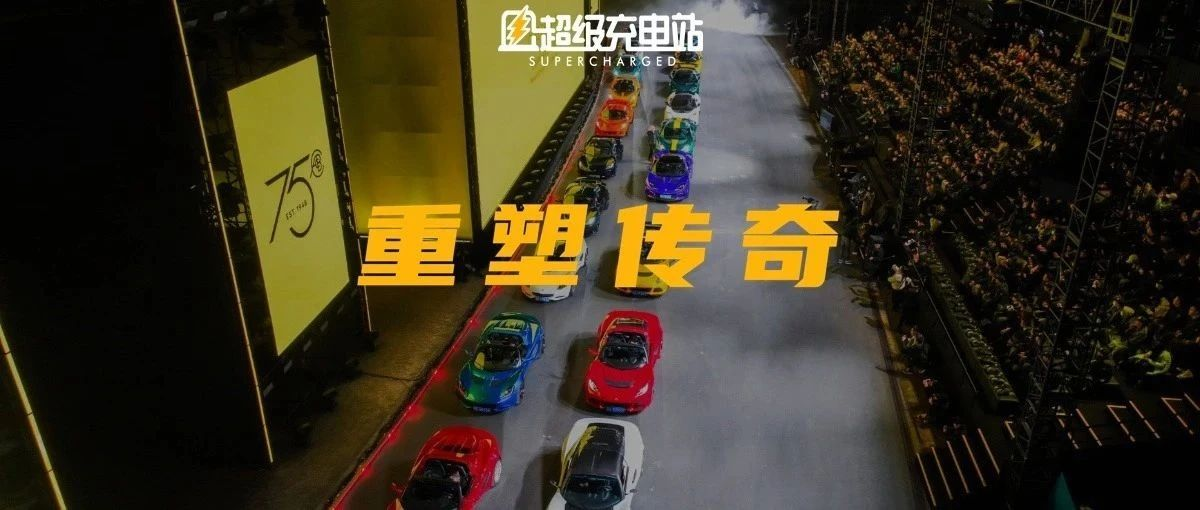Author: Chang Yan
There are many elements that silently change an industry, but time is the most powerful force.


From Mark I to Eletre, Lotus lined up its heavy-duty models spanning 75 years on the F1 racing track last night. Only in such a scene where the time span is so large, but the space range is so compressed, can you feel a brand’s recognition of products being reshaped in the space-time tunnel.

Anyone could say that Lotus has changed.
At yesterday’s “Lotus Day – brand 75th anniversary celebration and racing carnival”, dozens of classic fuel-powered Lotus cars gathered together at this rare event. The phrase “rare event” is not an exaggeration, given that for a long time in the past, Lotus was only known by enthusiasts with extreme passion for sports and automotive engineering in China.
Perhaps from today, it will no longer be so difficult for Lotus to find parade car owners, thanks to Vision80.

In 2018, on the occasion of Lotus’ 70th anniversary, the company publicly introduced the Vision80 ten-year revitalization plan, which aims to make Lotus the world’s first fully transformed electric and intelligent supercar brand by the 80th anniversary of the brand’s founding.During the past 5 years, Lotus has presented Evija, solving the problem of how to make it, while the now highly popular Eletre needs to address the issue of how to sell it.

The focus of yesterday’s event was undoubtedly the delivery of the first batch of Eletre to Chinese customers. The reason for adding the word “domestic” is that this car will also enter the European market later this year and prepare to start deliveries in the American market.

Whether it is the delivery sequence or production location, Eletre seems to be subverting Lotus’s, even traditional luxury brands’ established logic.

But I think what hasn’t changed is that Lotus is still leading in the new field with professional research and expertise. This feeling was reflected when Peter Horbury, Executive Vice President of Design at the Lotus Group, shared the design concept of Eletre. He did not simply praise the entire product, but used the designs of trains and airplanes as analogies to explain the reason behind the appearance of Eletre.


I can give an example here: in the early days, whether it was a carriage, internal combustion locomotive, or an airplane, because the power source was located in front of the driver’s seat, there was only one way to show more horsepower, which was to continuously lengthen the front power cabin. As we entered a more advanced energy era, power sources began to appear at the back of the cabin. Therefore, not only did the passenger position move closer to the front, but also, due to aerodynamics, the means of transportation began to become longer and slimmer.

This is the secret of Eletre design.
And the confidence it gives us is not just about Lotus making a good-looking car, but about Lotus’ understanding and respect for the past 75 years of car-making, which still has its own value in the era of electric cars.
In yesterday’s nostalgic and passionate minutes, I took a few photos of the quotes of Lotus founder Colin Chapman with my phone.

“What we’re trying to do is to integrate fun into cars” — which seems to be what the Lotus brand is doing in the era of electrification.

“Being good enough is not enough to keep winning” — this is what the Lotus brand should remember in the changing era of electrification.

At the event, Lotus also mentioned that it will continue to launch three pure electric models before 2026 to rapidly accelerate its transformation process.

Looking at the reactions in my circle of friends, what everyone was most interested in was the band hidden behind the curtain at the end of the Lotus press conference – this part was full of the Old Money tone, but also had a new interpretation. Perhaps what we want for the future of Lotus electric cars is also such a “surprise after the fact”.

Just as at the entrance gate of the event, Lotus spared no expense and brought in an aircraft, making the classic portrait of Mr. Colin Chapman come to life. Perhaps Lotus will also need such a drastic change in the electric transformation.

This article is a translation by ChatGPT of a Chinese report from 42HOW. If you have any questions about it, please email bd@42how.com.
